This is the million-dollar question every farmer faces when deciding to start a new crop. In an ideal world where we would prioritise the preservation of ecosystems over short- or medium-term economic benefits, the answer would be easy: the crop that is best suited to and least disruptive to the ecosystem where you are going to grow it.
An ecosystem is a space or geographical area where a biological community (plants, animals and organisms) coexists with abiotic components (non-living chemical and physical components of the environment such as water, temperature, air, soil, humidity or nutrients).
The first problem that complicates this easy answer is that, in many cases, what is best suited to the ecosystem is not always commercially profitable for the farmer.
The second problem is that ecosystems evolve over time. It can take several years from the time a tree is planted to the time it starts to bear fruit, and during this time the balance of the ecosystem can be altered: longer summers, less rainfall or new pests are just a few examples.
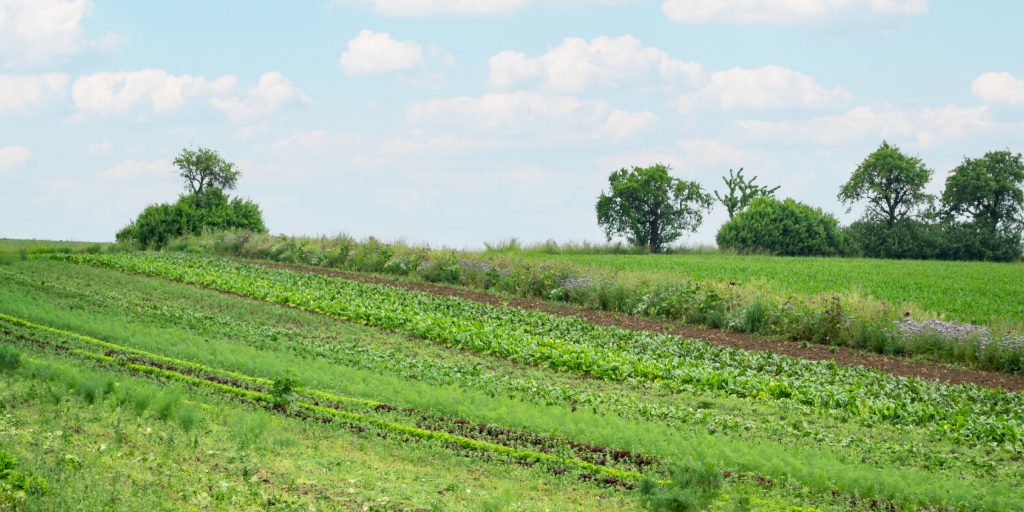
Then the answer becomes more complicated: the farmer has to choose to plant something that is commercially viable and adapted to an ecosystem made up of many components that are changeable.
The third problem is consumer fads promoted by supermarkets. A new exotic fruit, a red lemon or a white strawberry can change consumption trends from one year to the next to the detriment of demand for more classic products.
Getting the answer right becomes a lottery: farmers have to choose a product that is commercially profitable, that will be consumed for decades to come and that can adapt to a changing ecosystem.
Our food system is based on farmers growing crops blindly, not knowing what they will produce, the price they will receive for their crops or whether there will be enough demand to sell what they grow.
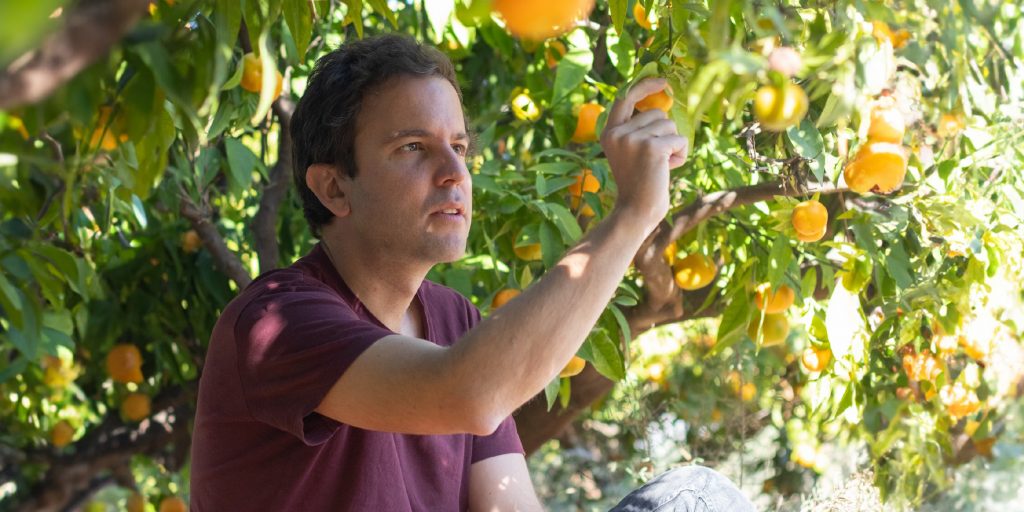



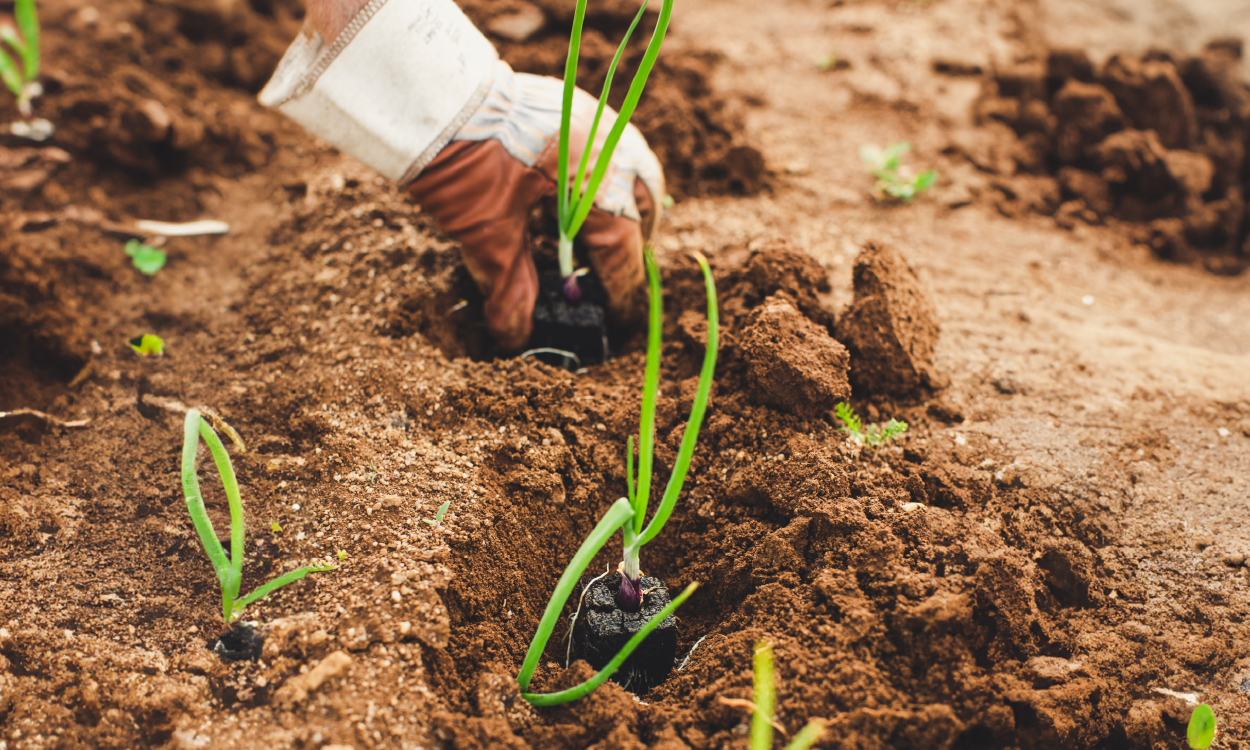
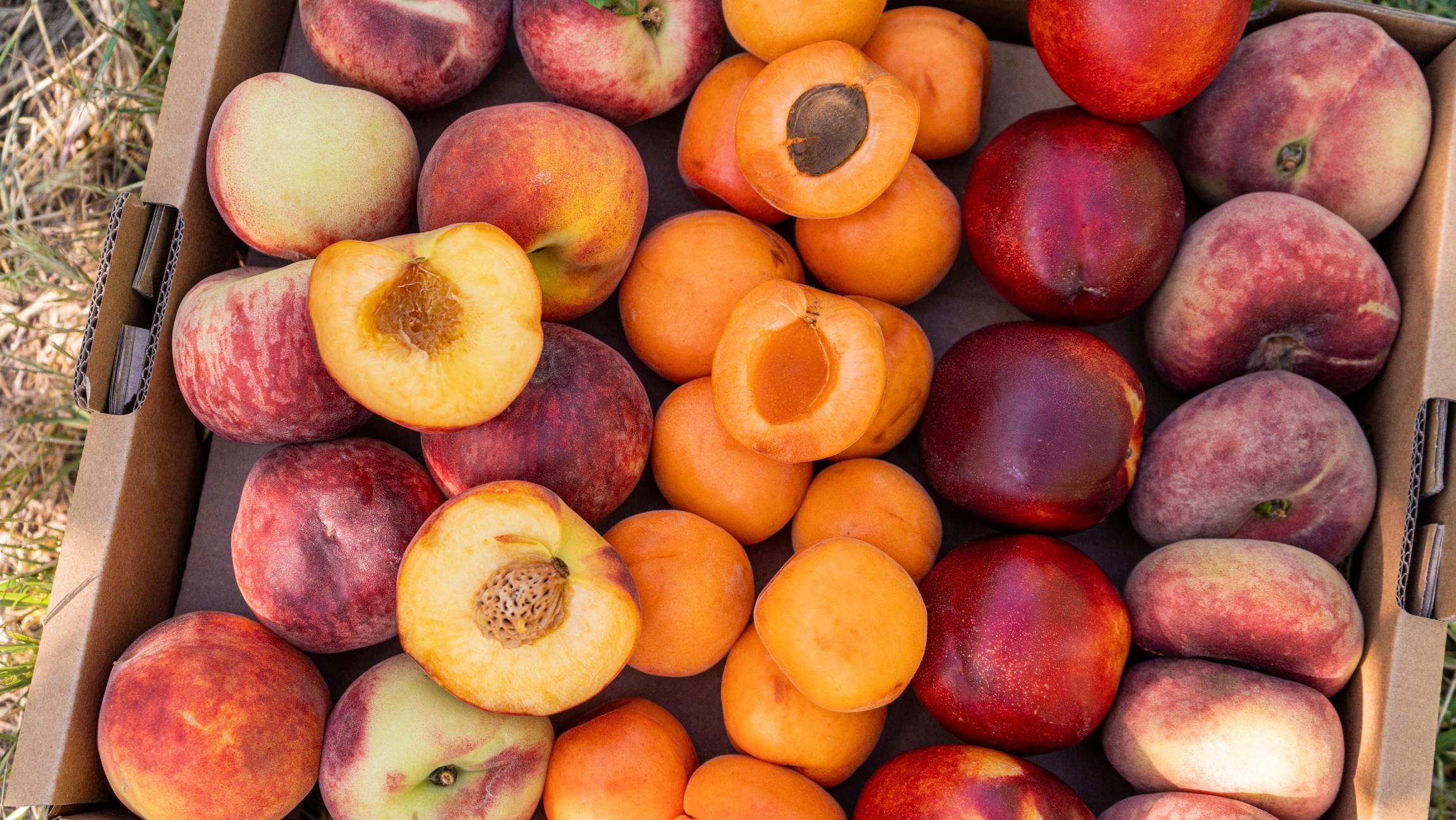
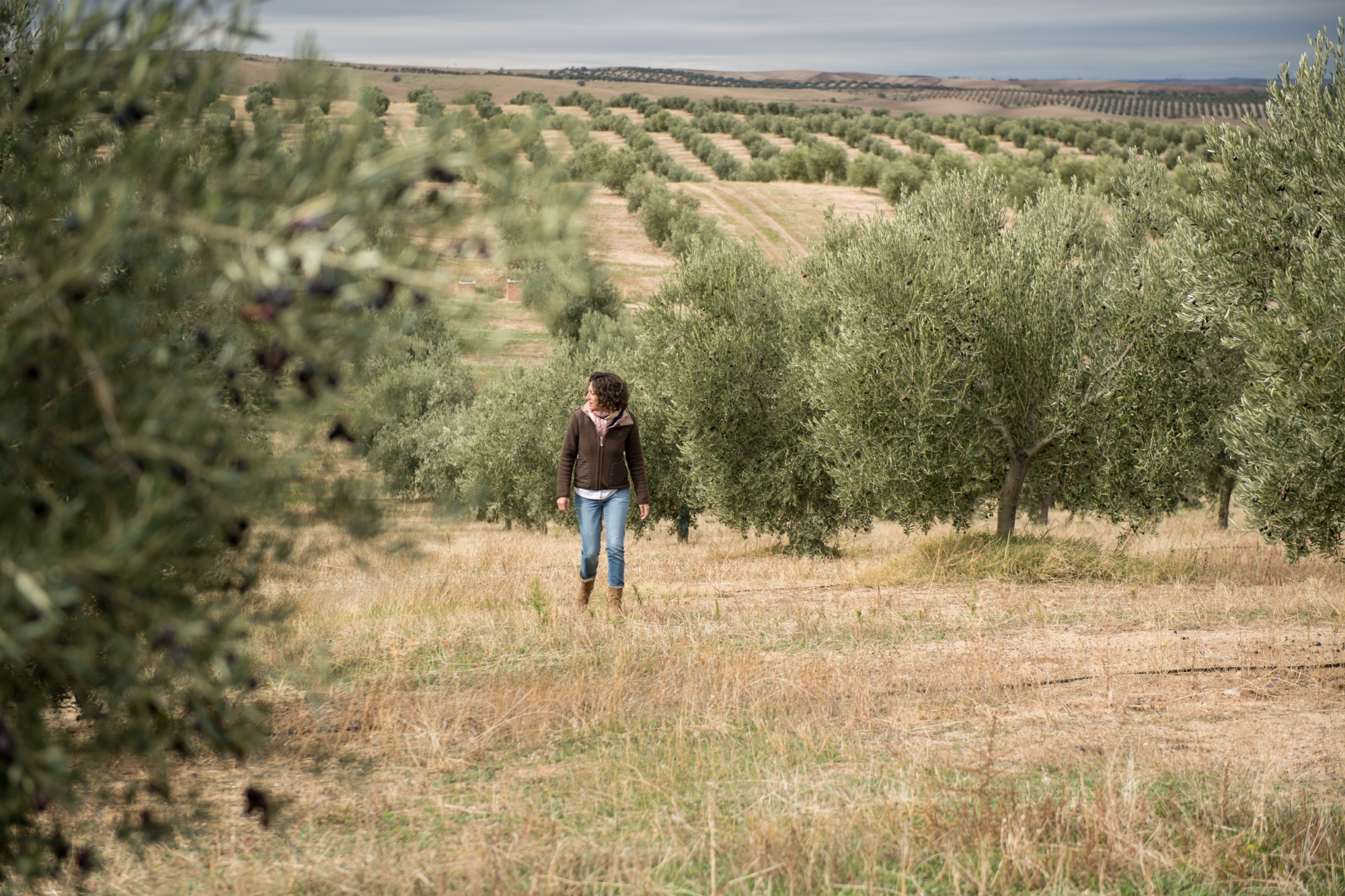

Comments
Please note that we will only respond to comments related to this blog post.